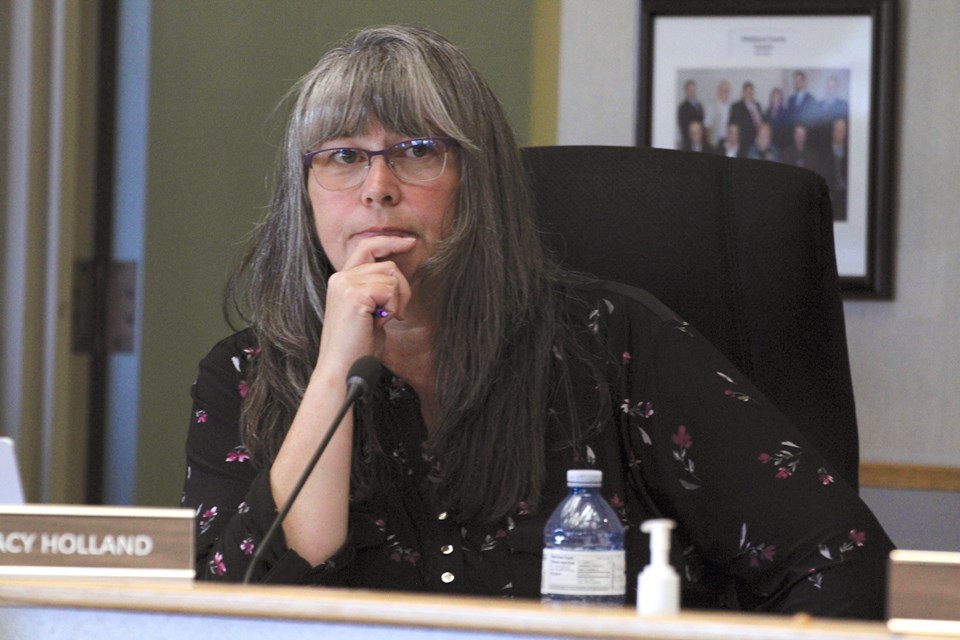ATHABASCA – How much of a break should Athabasca County cut its residents when a fire breaks out on their property?
Councillors tackled that question during their May 20 committee of the whole meeting after a report from administration detailed previous billing practices — or the lack thereof — and brought together data from a variety of sources to help answer the question.
“What I can say is that we’ve been consistently inconsistent with [billing] application in the past and that’s one thing I’ve strived to get away from is being inconsistent with our ratepayers,” said Travis Shalapay, Athabasca County’s fire chief.
Examining the last three years of data, Shalapay said the county fire department had been all over the place when it came to what was billed versus what wasn’t, with structural firefighting being the only consistent area.
Of the 27 invoices issued, 17 were for structural fires, ranging from $700 to $13,300, for an average cost of $5,382. Seven invoices were for wildland fires, from $450 to $18,350 and an average cost of $6,550. Five vehicle fire invoices ranged from $525 to $2,400 and an average of $1,489, and a singular collision invoice was $10,700 due to a prolonged period of traffic control.
Shalapay said the current model wasn’t typically generating large bills, but the hourly rate could add up on the longer calls.
Administration provided five different scenarios, ranging from the current uncapped model for fire response, to origin based billing. Shalapay’s preferred model was a flat rate for the first hour followed by hourly billing, with a cap for non-human caused fires and no cap for human-started incidents.
“That way, if the volunteer departments show up with every truck in the county, it’s a fixed rate for the first hour, and you aren’t seeing the costs for 20 trucks showing up. Within that hour, responders can determine what’s required, and then we’re seeing a more true representation of the needs of the incident.”
Council weighs in
Shalapay’s report was a follow up from a Feb. 18 presentation where councillors had discussed fire billing following a closed session discussion. At the time, much of council’s debate had focused on what role, if any, the municipality should have when it came to uninsured properties and ratepayers.
“I’m still not sure about the caps. To me, I think we need to make sure we aren’t incentivizing people to have insurance,” said Coun. Ashtin Anderson.
Other councillors, including Reeve Tracy Holland, said they preferred a cap, even if it was higher than anything the county had billed in the last three years.
“I would say $20,000 would be more where I feel comfortable,” she said.
“When we’re looking at some of our neighbours, like Lamont being at $25,000, I thought that was up there but its in-line with some of the other things I’m seeing … Insurance is also reacting to these types of things.”
Councillors also discussed how they wanted to cap human versus non-human fire origins. Holland said she didn’t like the idea of billing for non-human fires at all, suggesting a cap of $7,500, but other councillors including Brian Hall said they felt it was too low.
“Set a number that is a little more of a deterrent and provide admin the discretion to do the right thing when they need to,” said Hall.
Councillors voted unanimously to bring the topic back to a later council meeting after administration has time to amend the bylaw. Further discussion is expected on the bylaw, particularly around the non-human cost cap, but as Anderson pointed out, it’s always easier to lower the cost later rather than raise it.


